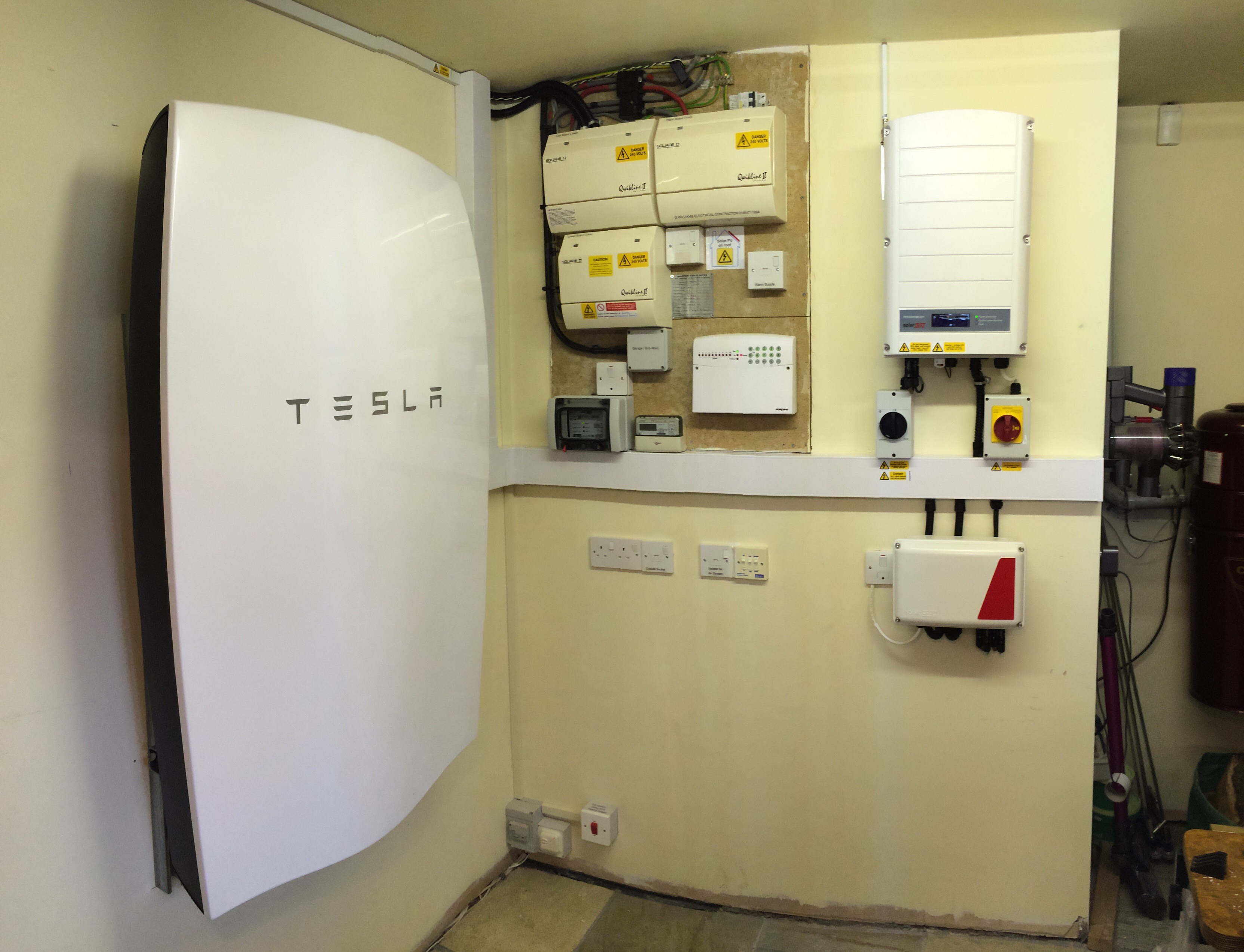I’ve looked into it Glyn but I reckon you’d have a very long payback time.
We have solar thermal and PV (1.8Kwh). The solar thermal went on before the PV, so we didn’t have much roof space for the PV. These are both used to heat a heat bank, PV diversion using a custom version of Martin’s code. The heat bank is used for HW through a heat exchanger and for the CH.
The heat bank also has a gas boiler to top up the temperature as needed. We also maintain the temperature at two different levels depending on whether the CH is on or not.
But back to the calculations, we use roughly 125W overnight. 100W background and a couple of fridges which come on every now and then to take it up to 200W. So 125W over say 8 hours is 1Kwh which the Powerwall would of course support. So 365Kwh per year approx. Which at 20p per Kwh is £73 per year saving.
During the day the Powerwall would supplement the PV for things like the washing machine, dishwasher etc. So let’s say we run one of these once a day and they use 2.5Kw for 30 minutes and 25% of the time there is enough PV to supplement this directly. That’s 75% of 1.25Kwh per day (I’m ignoring the fact that we haven’t enough PV to drive 2.5KWs). Roughly 1Kwh per day, so another 365Kwhs and another £73 saving.
I’ve not taken into account lights in the evenings and there are other things like the oven for Sunday lunch which uses a lot, so let’s say another KWh per day, i.e. another £73 saving.
So our saving would be just over £200, let’s be over the top and say it’s £250, so 21 years payback which is a long time.
I think I’d rather have a mobile battery (EV) and use that to supplement my electricity usage and to store excess PV rather than a static one like the Powerwall.
Tesla are doing some interesting things though, I heard they are developing a PV panel with integrated battery which sounds like a good idea and if you haven’t had a test drive of a Tesla you should do. They are great vehicles the acceleration is incredible.
Instead of a Powerwall we’ll wait for Tesla or someone else to bring out a convertible EV. My better half’s SAAB convertible won’t go on forever. Or better still VW to bring out an E version of the van, then I’d trade in our VW campervan for an electric one.



